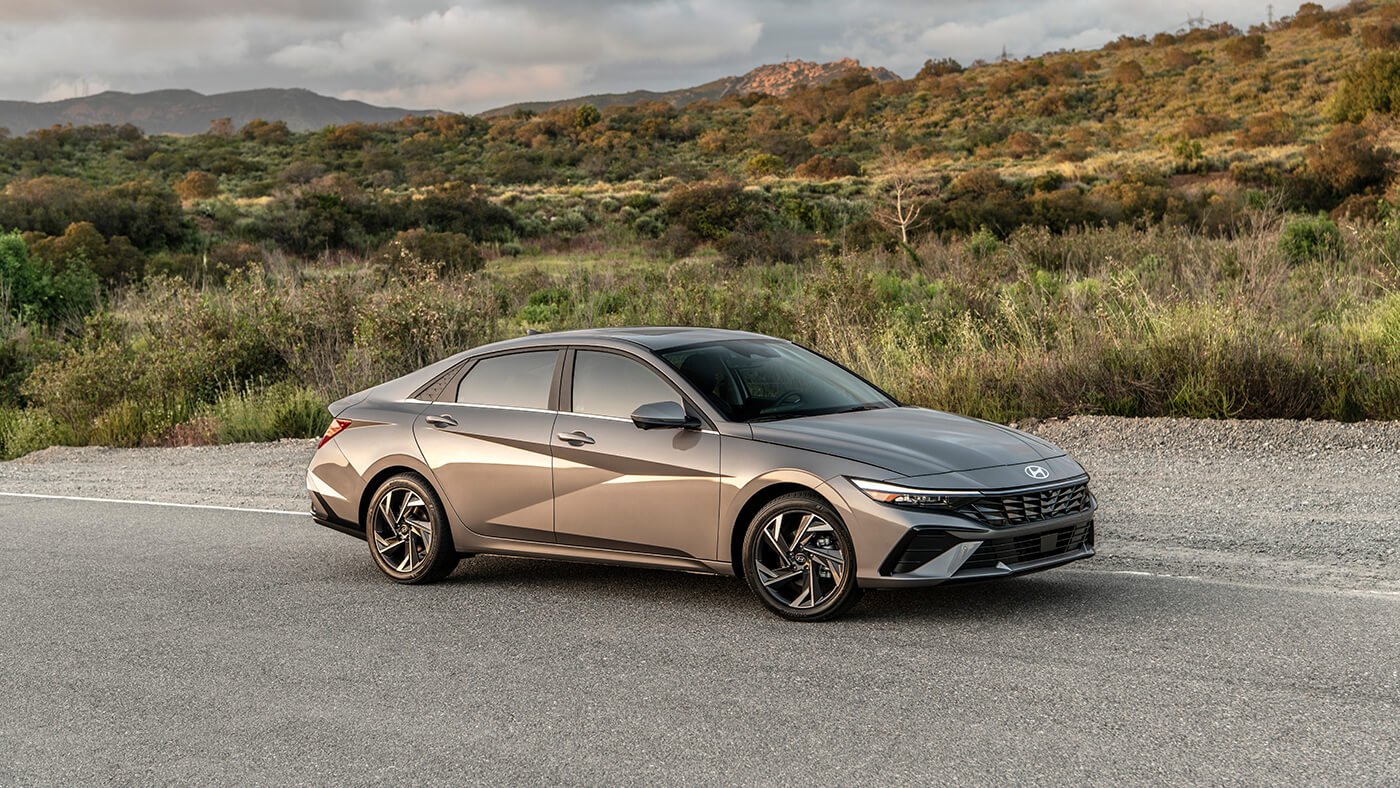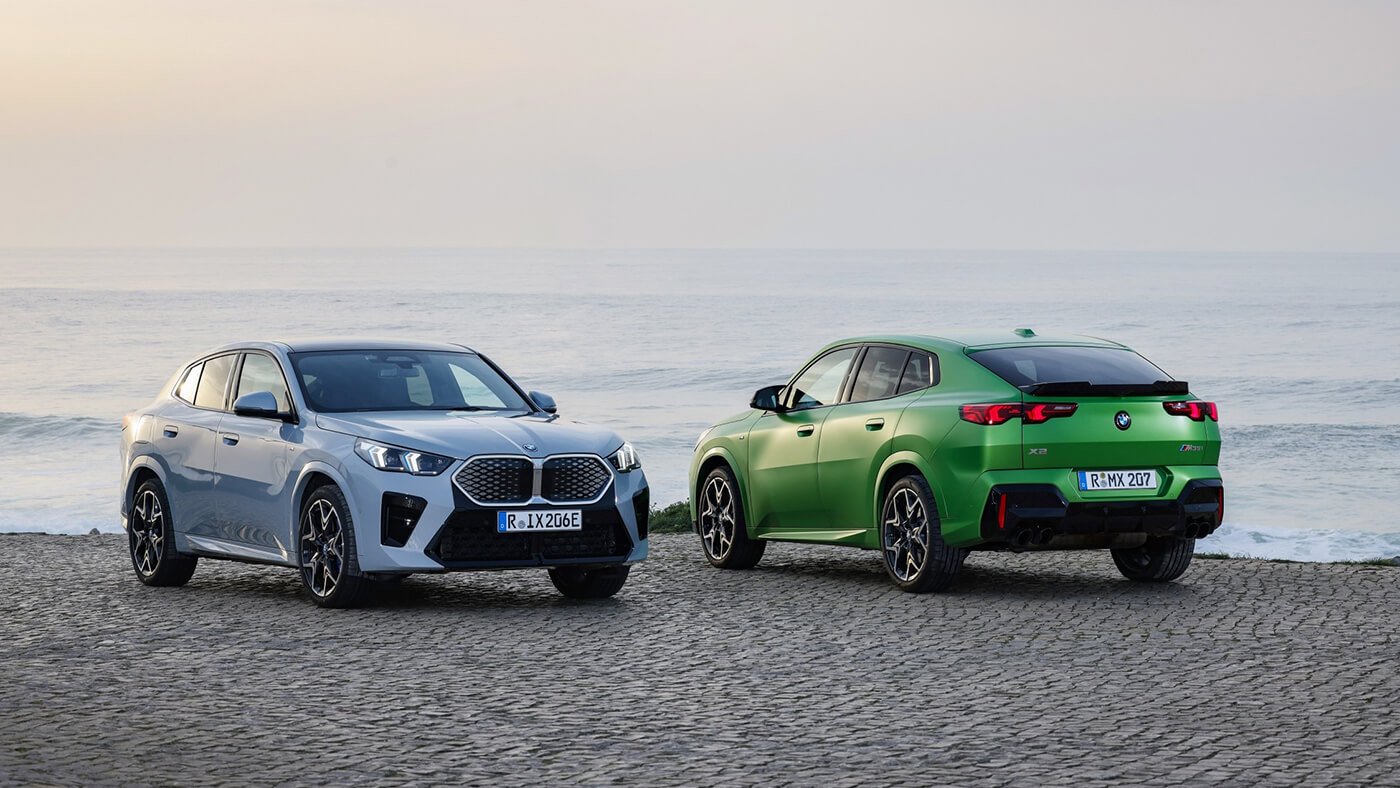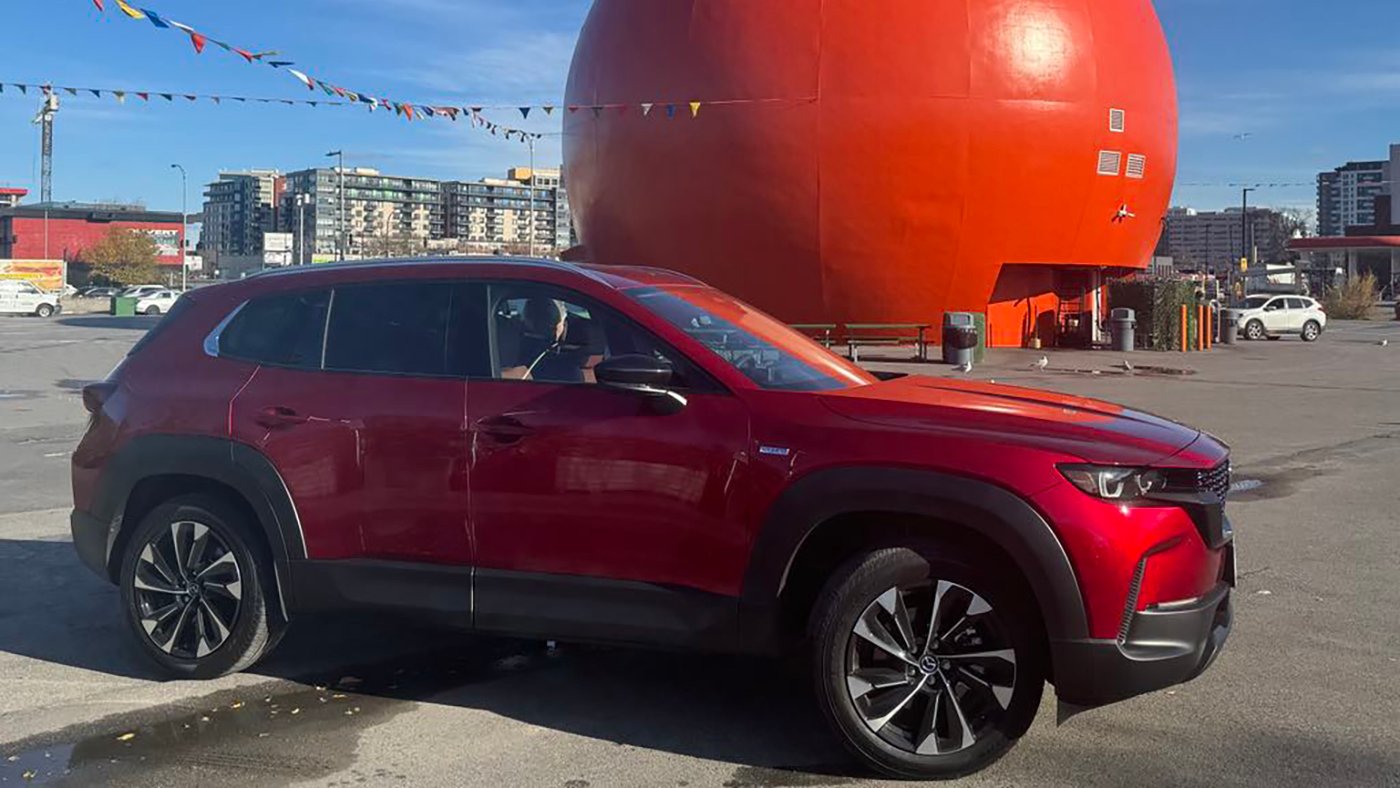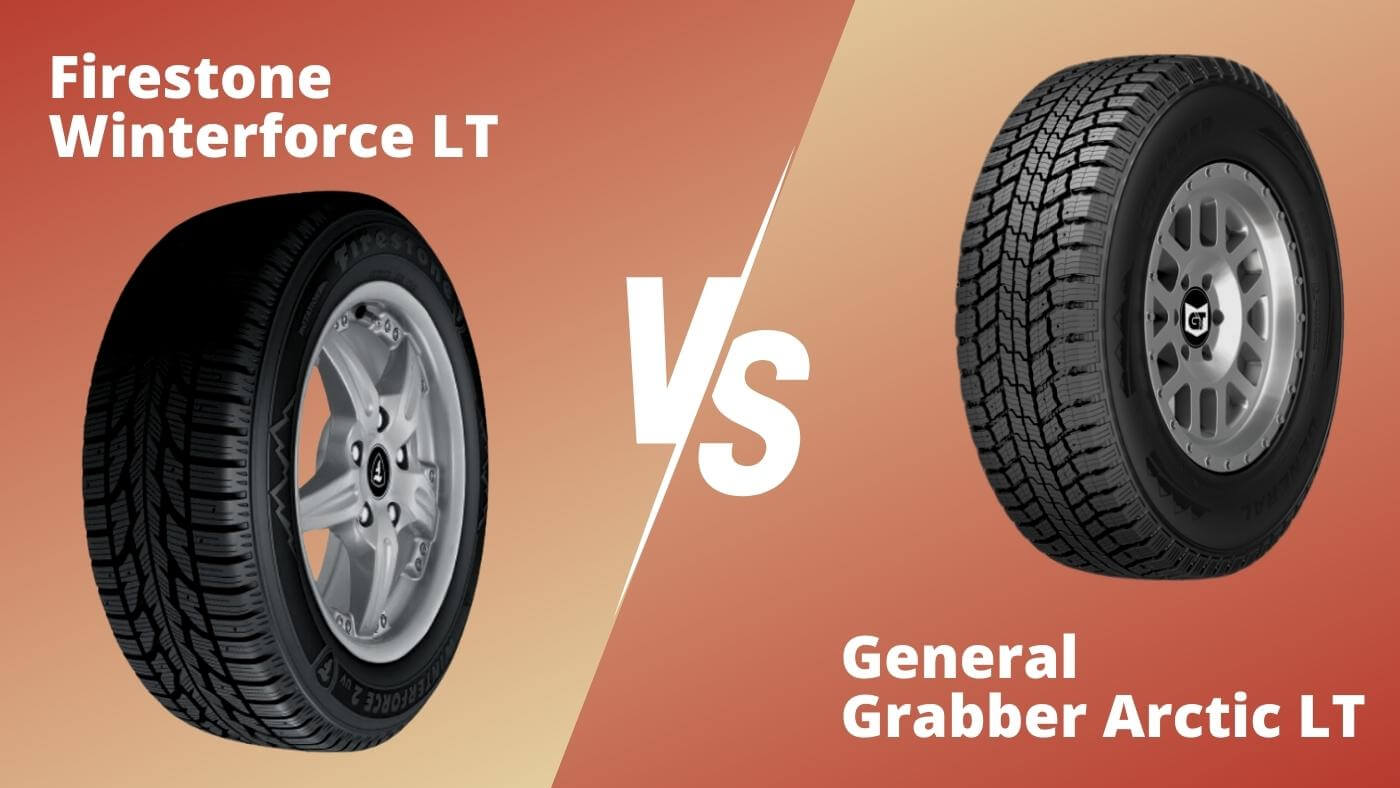After a February spent behind the wheel of German cars, my March was more Korean-themed, as I got to test-drive three Hyundai models. This isn't the first time I've talked about Hyundai vehicles on this blog. In particular, I have fond memories of my trips to British Columbia for the Canadian launches of the Santa Fe and Ioniq 6 last year. I'm generally a fan of the brand's products, but what better way to find out than to spend three weeks driving them?
The controversial Hyundai Santa Cruz
Don't worry, the Santa Cruz isn't controversial because of its creator's political stance. Rather, it's its design, halfway between SUV and pick-up truck, that raised the eyebrows of many of my friends and family during my test drive. In every respect, it's truly a hybrid between these two categories. Its cabin is spacious enough to comfortably accommodate passengers. However, don't look for cargo space in the rear. All you'll find is a four-foot box, which can certainly be closed, but isn't always practical for city dwellers like me.
The XRT version, which I tested, is specialized for off-roading and is equipped with a 2.5l engine capable of generating 281 hp. I was surprised by the engine's dynamism and responsiveness. The Santa Cruz is far from agile, but its acceleration and roadholding almost give the impression of it... at the cost of fuel consumption of up to 12.8L/100km in the city!
The economical Elantra Hybrid
The Hybrid Luxury version of the Elantra looks rather promising on paper, with fuel consumption under 5L/100km and a base price of around $32,500 including transport and preparation costs. Unfortunately, the Elantra doesn't retain the Hyundai design philosophy that makes driving the brand's other models so enjoyable. Its 139 horsepower aren't enough for some maneuvers, which can be particularly frustrating.
Its infotainment system is also distinctly inferior, and lacks Apple CarPlay or AndroidAuto connectivity wirelessly or even via USB-C. You'll have to pull out an old-fashioned USB-A wire, whereas other models from the brand implement more recent functionalities without fail. Its great advantage: its extremely low fuel consumption, which enabled me to get under $10 at the pump for a whole week's use.
Tucson Hybrid: the best of both worlds
This was my first time behind the wheel of a Hyundai Tucson Hybrid Ultimate, but hopefully not my last. It's certainly a lot more expensive than the Elantra, around $50,000 including shipping and preparation costs, but it's much more representative of what I like about Hyundai. Its interior is ergonomic, with a central wireless charger and an easy-to-use infotainment system. It also offers a more satisfying engine, capable of generating 231 horsepower with only one or two extra liters per hundred kilometers. In other words, it's hard not to feel the difference when you try the both of them consecutively!





